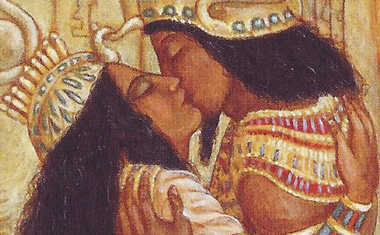
Introduction to the Magic of Tarot
Introduction to Robert O'Neill's masterpiece
Introduction
One of the most controversial issues in the history of Tarot is the extent to which magic and divination played a role in the design of the 15th century Tarot. Opinions are sharply divided and vehemently argued. On one side are those who side with Dummett (1980) and maintain that the Tarot was designed to play a game - plain and simple. Their strongest argument is that extensive treatises on magic written in the 15th and 16th century, such as Agrippa's De occulta philosophia libri tres (1531), never mention the Tarot. There is no smoking gun.
On the other side of the controversy are those who maintain that the early Tarot was more than a card game. Modern scholarship has established that the milieu within which the Tarot was created was steeped in magic and the esoteric (e.g., Couliano 1987, Kieckhefer 1989, Flint 1991, Ankarloo and Clark 2002). The early Tarot symbols also seem consistent with other contemporary esoteric systems (O'Neill 1986). The evidence is circumstantial but the evidence is extensive.
The objective of this series of essays is to provide access to the available evidence and separate what we do know from what is speculative. No effort will be made to convince the reader that proponents of either side of the controversy are correct. The simple fact is that we cannot, at this point in time, prove the issue one way or the other.



